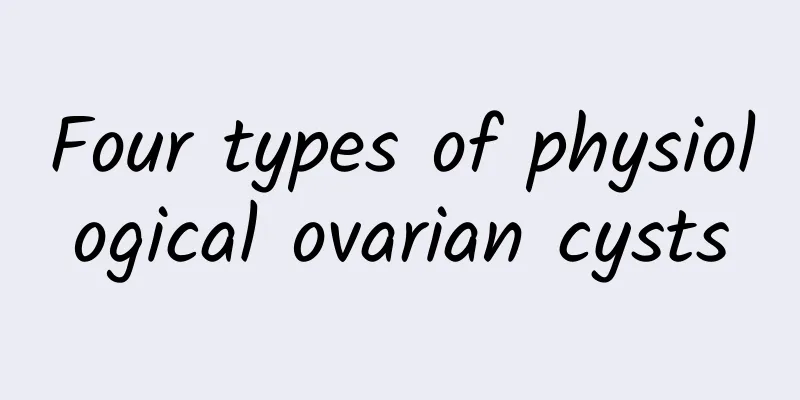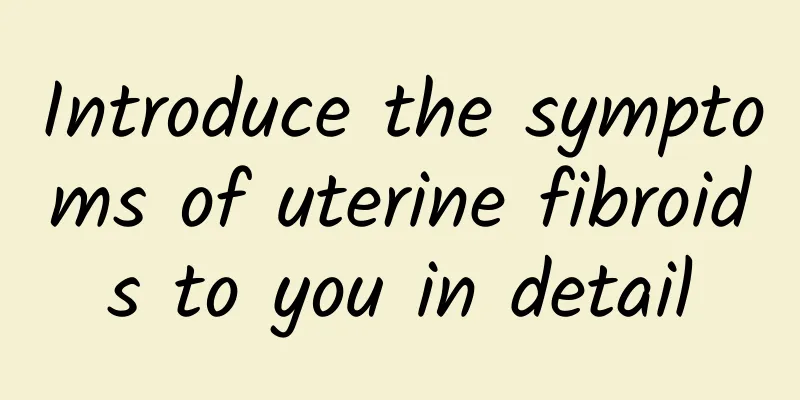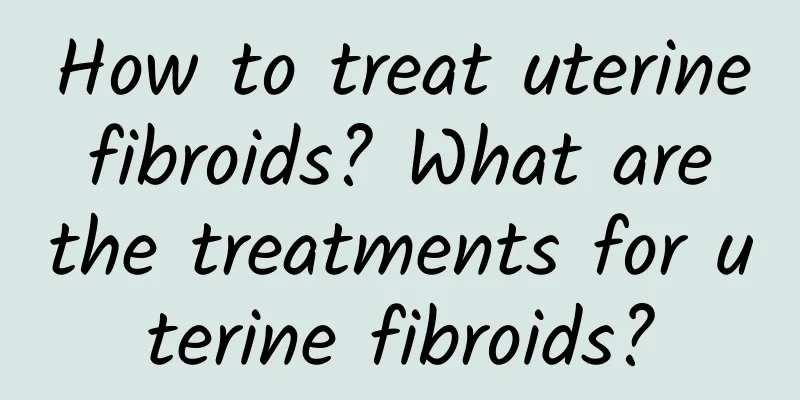Four types of physiological ovarian cysts

|
Physiological ovarian cysts are also called functional ovarian cysts. They are more common in women of reproductive age. The cysts may decrease or disappear with menstruation. However, enlarged cysts may also cause lower abdominal pain. There are four main types of cysts. 1. Hemorrhagic cyst Because the cyst grows too quickly, it can cause compression and traction on the ovaries and other surrounding tissues, which can cause rupture and bleeding. Blood accumulates in the ovaries to form hemorrhagic ovarian cysts. In this case, it takes a long time for the cyst to disappear. You can take medicine as prescribed by the doctor to alleviate the symptoms. In severe cases, surgery is required to remove the cyst. 2. Serous and mucinous ovarian cysts This type of cyst is difficult to disappear on its own. Generally, if it does not disappear after 3 months, surgical treatment is required. The secretory serous cells and mucous cells are embedded in the ovary after ovulation and continuously secrete fluid to form cysts. 3. Chocolate Cyst Endometriosis grows in the ovaries, forming a large amount of sticky coffee-colored liquid that looks like chocolate. Chocolate cysts can rapidly increase in size over time, constantly exerting great pressure and damage to surrounding tissues and organs, especially causing irreversible damage to ovarian tissue. 4. Teratoma The teratoma in functional ovarian cysts is a very special cyst, which is mostly solid and can have cystic cavities of varying sizes, containing derivatives of ectodermal, mesodermal or endodermal tissues such as hair, teeth, cartilage, smooth muscle, bronchial or intestinal wall, etc. The teratoma itself will not disappear on its own and may continue to grow. Most of them are benign cysts, and there is a 15% chance of causing ovarian torsion. In order to avoid unnecessary damage, it should also be treated in time. |
<<: Three conventional examination methods for cervical erosion
>>: What are the adverse effects of dysmenorrhea on women?
Recommend
Dragon fruit is low in calories and its pectin helps detoxify, making it a great partner for weight loss! 4 must-have dragon fruit weight loss recipes
Pitaya is rich in nutrients, including iron, anth...
Does a 5.5 cm uterine fibroid require surgery?
Whether a 5.5 cm uterine fibroid requires surgery...
What can you eat to make uterine fibroids disappear? What can you eat to make uterine fibroids disappear? Tips
What can you eat to make uterine fibroids disappe...
Surgical treatment of hyperprolactinemia
If you suffer from hyperprolactinemia during preg...
Potassium permanganate sitz bath helps treat vaginitis
Vaginitis is a common gynecological disease. Some...
How to regulate menstruation
Menstrual bleeding is a minor annoyance that many...
What causes abnormal vaginal discharge in women? 4 reasons for abnormal vaginal discharge
What are the causes of abnormal vaginal discharge...
What are the symptoms of intrauterine adhesions?
The symptoms of intrauterine adhesions are mainly...
What are the main methods for diagnosing vulvar leukoplakia?
There are many diagnostic methods for vulvar leuk...
The best treatment for uterine prolapse at the age of 72
The best treatment for uterine prolapse at the ag...
Weight loss starts with breakfast! Fat comes from the mouth, remember the 4 principles of not eating fat
Does skipping breakfast make you fat? As the sayi...
What causes miscarriage? There are these reasons
There are many things during pregnancy that can l...
Harm caused by irregular menstruation
Women with irregular menstruation should pay atte...
200,000 illegal weight loss capsules containing Western medicine enter the market
In theory, the pharmacy is a community health sta...
What to add to Angelica to treat uterine fibroids?
What to add to Angelica sinensis to treat uterine...









